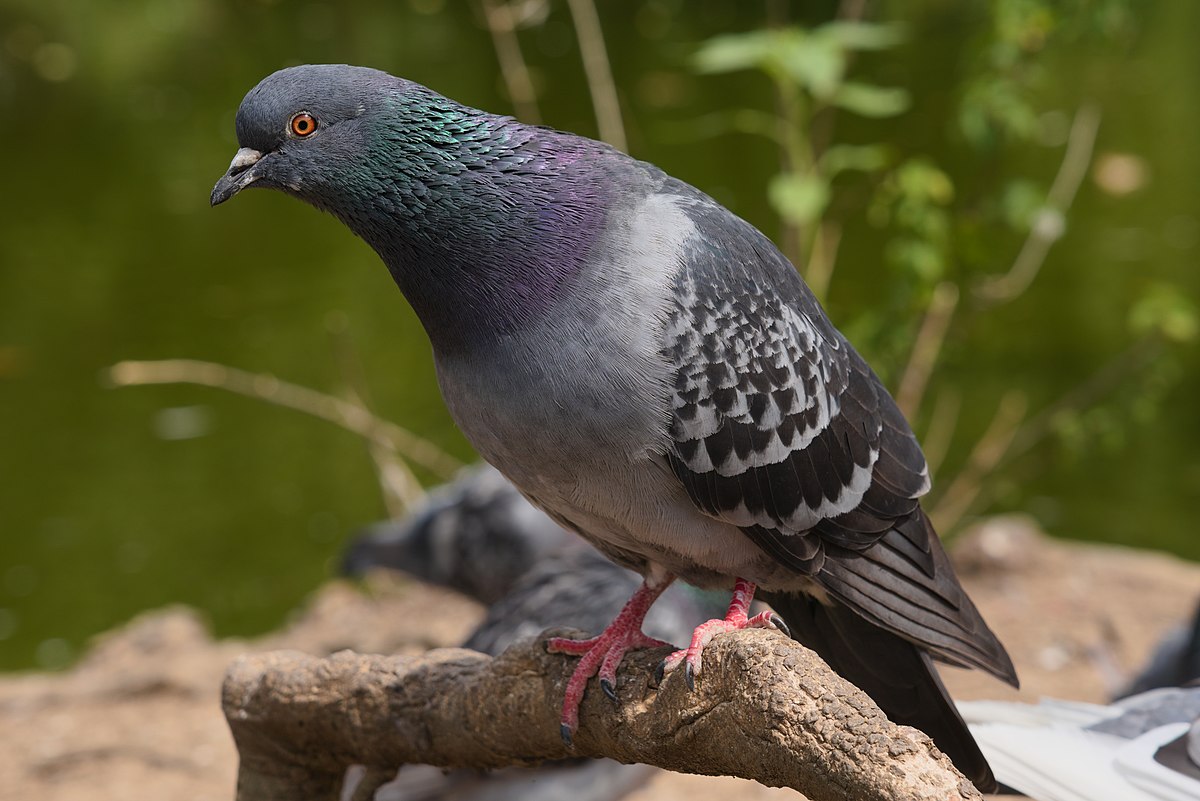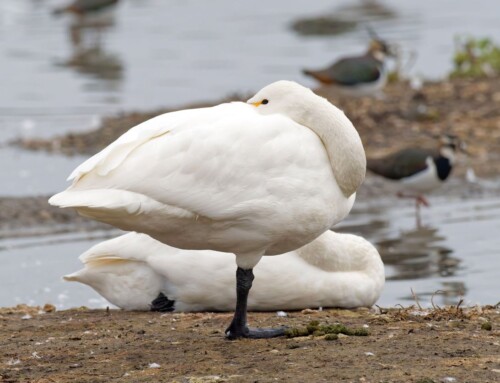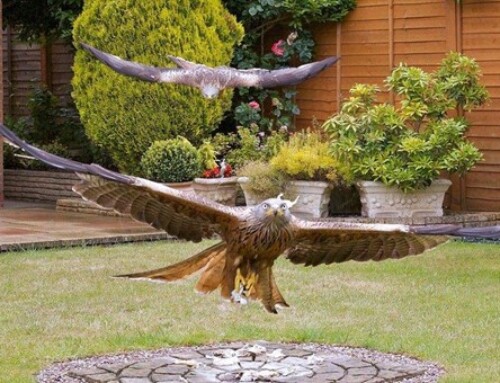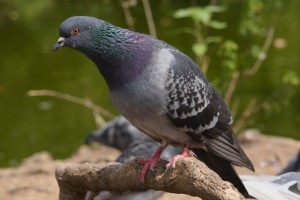
LINKED PAPER
Overall dynamic body acceleration as an indicator of dominance in Homing Pigeons (Columba livia). Ricketts, R. L., Sankey, D. W., Tidswell, B. P., Brown, J., Deegan, J. F., & Portugal, S. J. 2022. IBIS. DOI: 10.1111/ibi.13021. VIEW
Living in a group offers many benefits, such as protection against predators and finding new food resources. However, it also comes at a cost (Alexander 1974). More mouths to feed means more competition for food, potentially culminating in aggressive encounters between group members. To reduce competition and aggression, one possible solution is to establish a dominance hierarchy where dominant individuals have priority access to resources (Chase 1980). However, being the dominant individual comes with its own set of costs, as a recent study on Homing Pigeons (Columba livia) nicely illustrated.
Accelerometers
Rhianna Ricketts and her colleagues studied the social lives of two Homing Pigeon flocks at the Royal Holloway University of London. Each flock was housed in a separate loft and consisted of nine pigeons. The birds were fitted with two accelerometers to measure their activity levels, and the researchers kept track of the number of interactions between the pigeons. Analysis of the data revealed a clear relationship between dominance and activity levels, with the most dominant member of each flock displaying the most movement and having the highest number of interactions. Clearly, being the dominant pigeon requires time and energy.
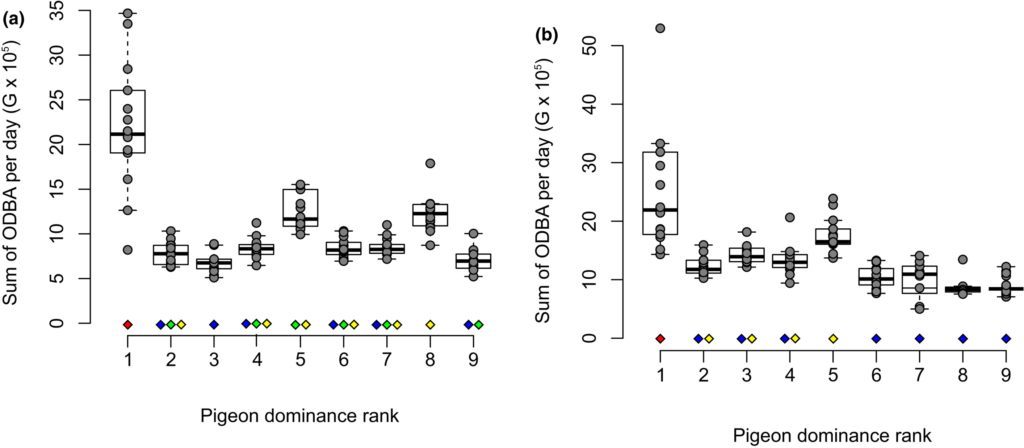
Figure 1. In each flock, the dominant pigeon (with dominance rank 1) showed the most movement (measured as overall dynamic body acceleration, ODBA).
Metabolic rate
Interestingly, only the dominant bird of the flock showed higher levels of movement. All the other birds moved around at similar levels. Why are the dominant pigeons so much more active? The researchers offer two possible explanations. Perhaps the dominant individual has to initiate more interactions with other pigeons to retain its position at the top of the hierarchy (Portugal et al. 2020). Alternatively, dominant birds tend to have higher metabolic rates and might thus need more food to fuel their energy demands (Mathot et al. 2019). Homing in on the exact mechanisms shaping the dominance hierarchies in these pigeons will require more research.
References
Alexander, R.D. (1974). The evolution of social behaviour. Annual Review of Ecology and Systematics 5: 325– 383. VIEW
Chase, I.D. (1980). Social process and hierarchy formation in small groups: a comparative perspective. American Sociological Review 45: 905– 924. VIEW
Mathot, K.J., Dingemanse, N.J. & Nakagawa, S. (2019). The covariance between metabolic-rate and behaviour varies across behaviours and thermal types: meta-analytic insights. Biological Reviews 94: 1056– 1074. VIEW
Portugal, S.J., Usherwood, J.A., White, C.R., Sankey, D.W.E. & Wilson, A.M. (2020). Artificial mass loading disrupts stable social order in pigeon dominance hierarchies. Biology Letters 16: 20200468. VIEW
Image credits
Top right: Homing Pigeons (Columba livia) | Satdeep Gill | CC BY-SA 4.0 Wikimedia Commons
Blog posts express the views of the individual author(s) and not those of the BOU.
If you want to write about your research in #theBOUblog, then please see here



